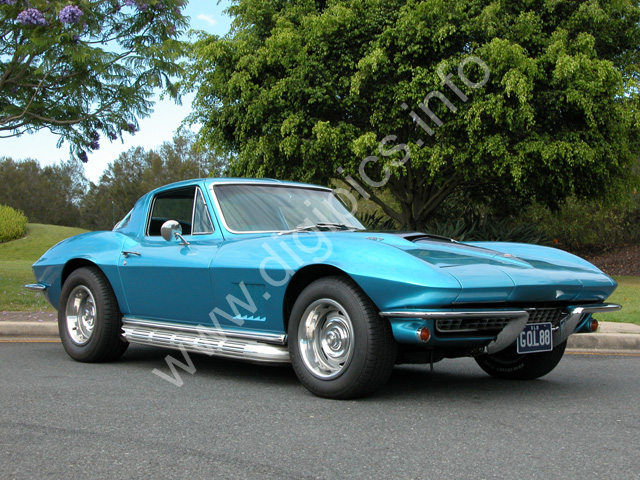
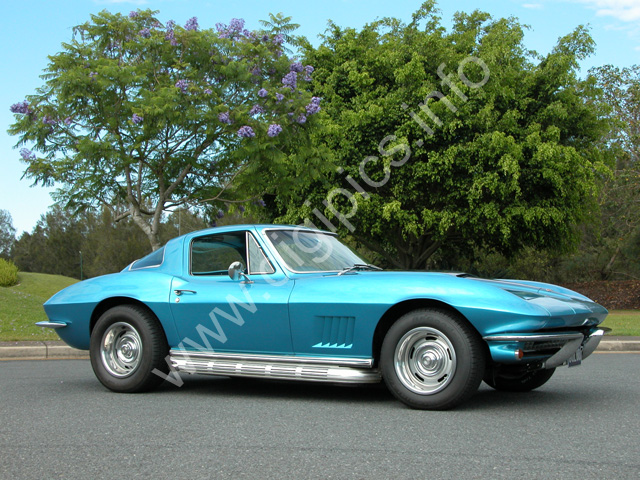
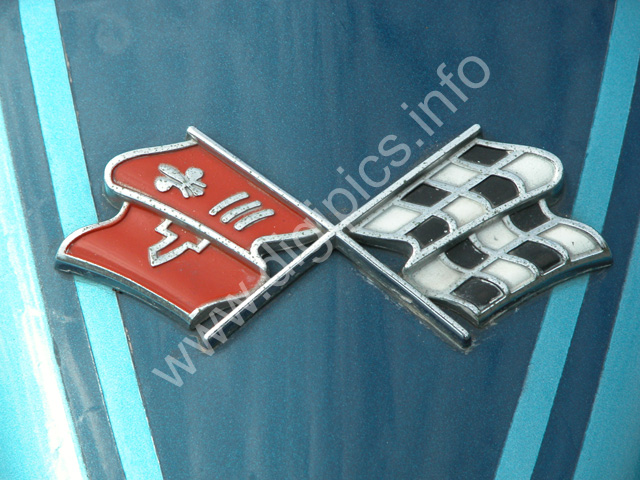
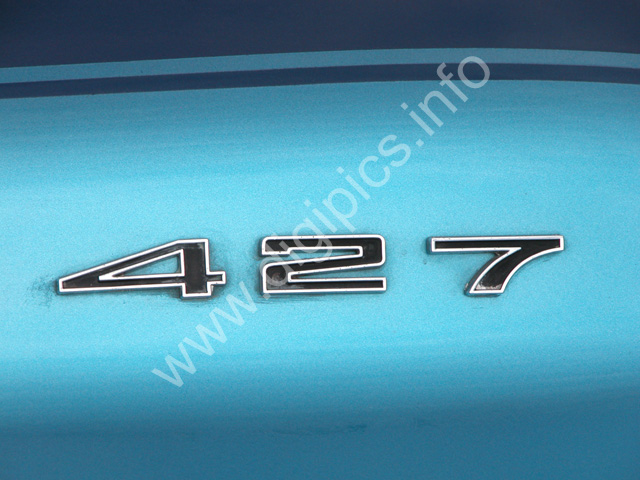
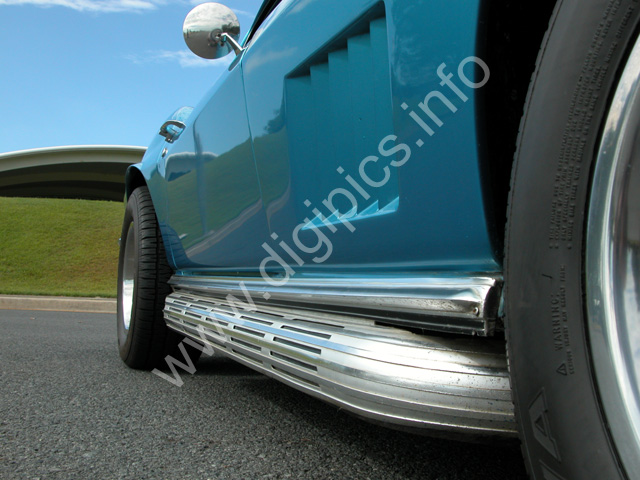
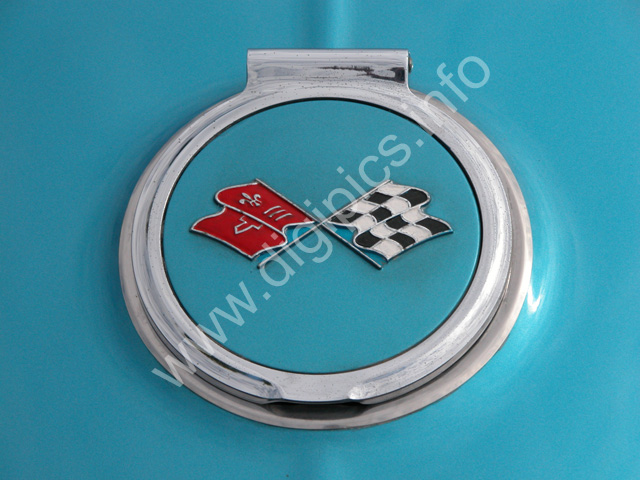
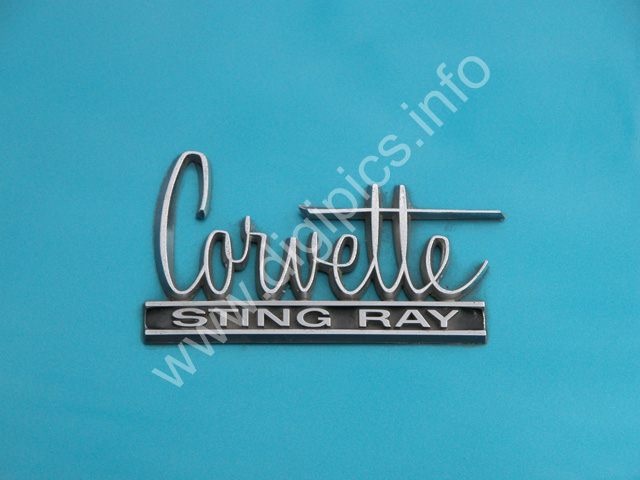
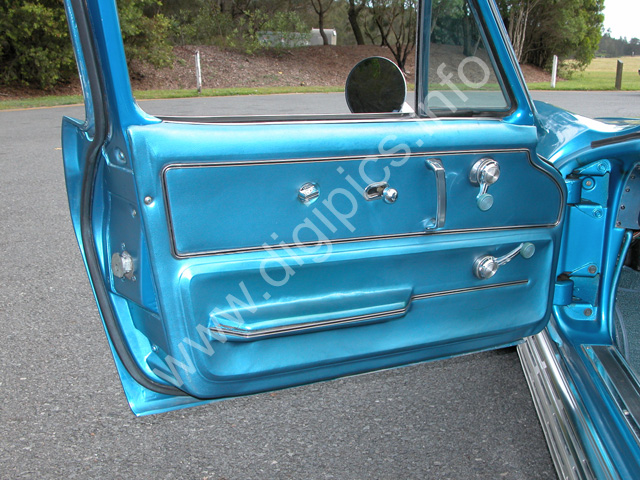
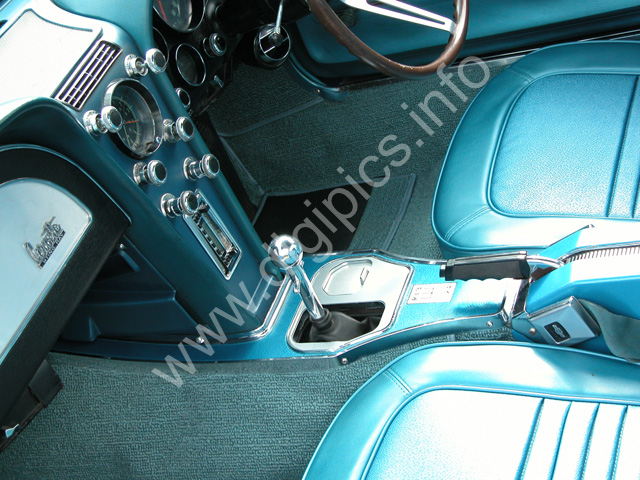
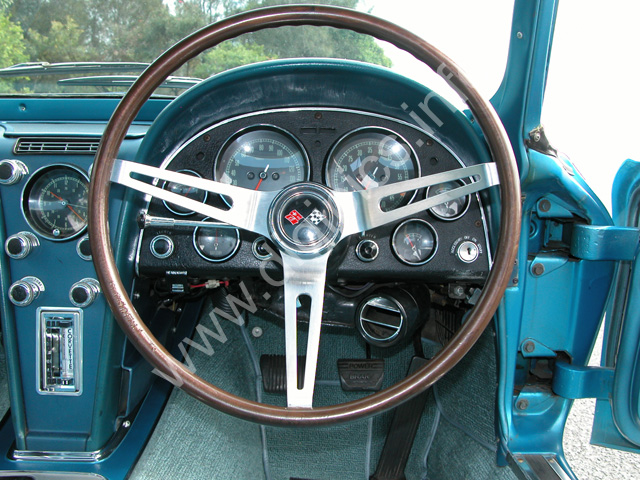
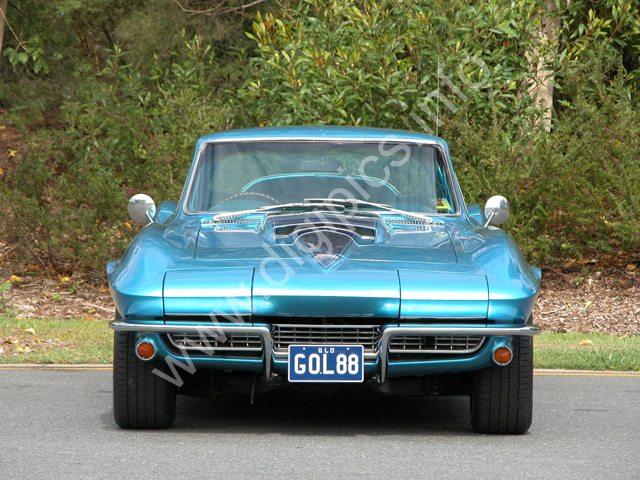
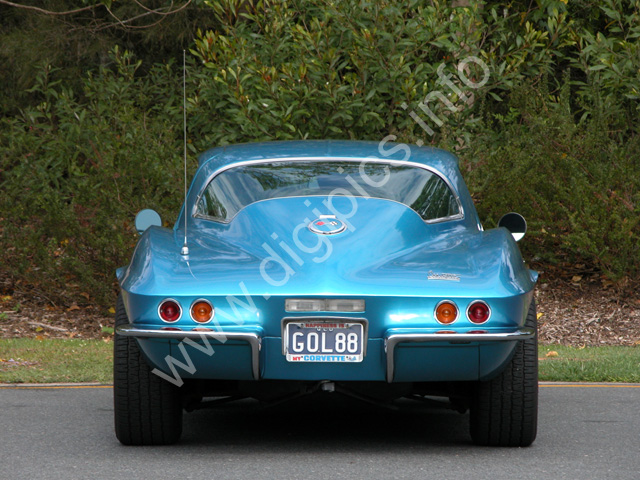
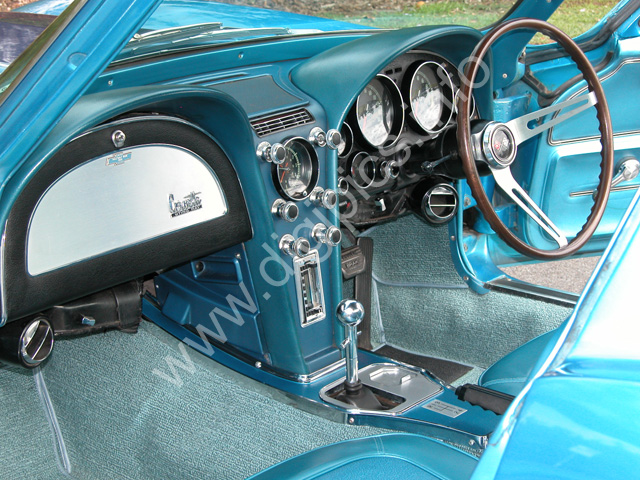
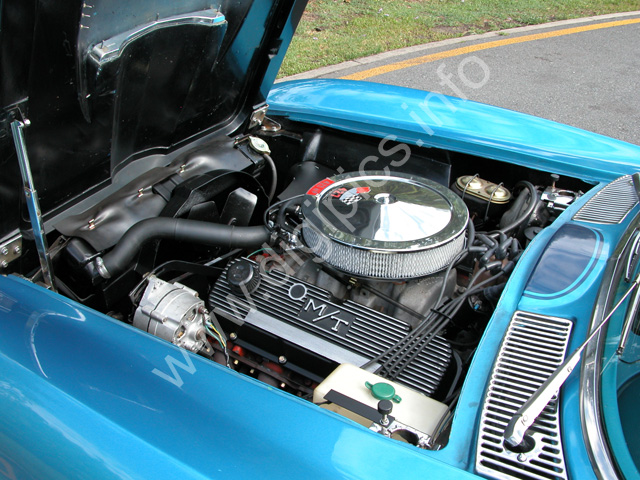
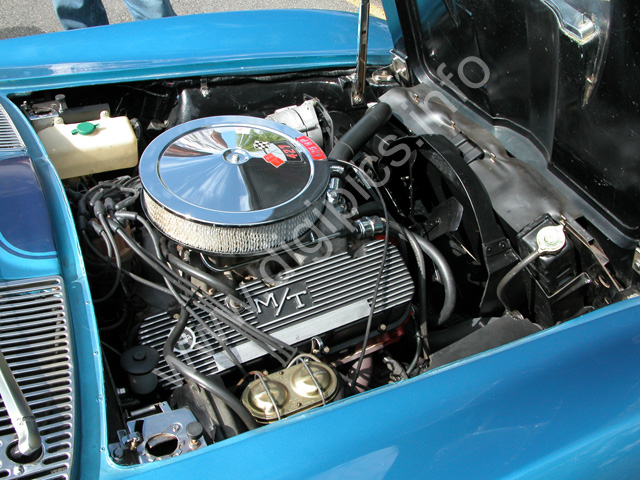
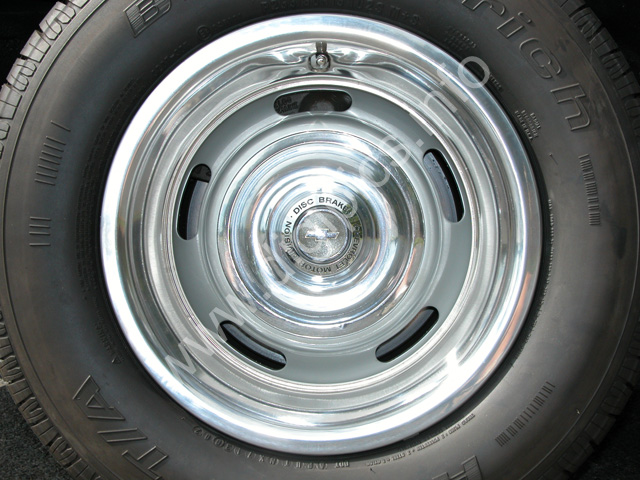
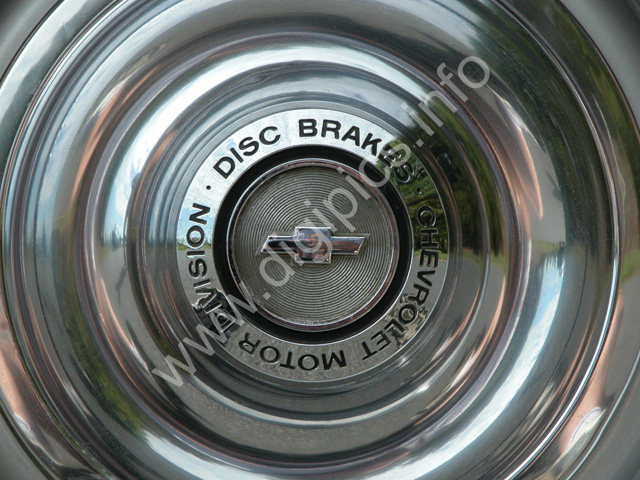
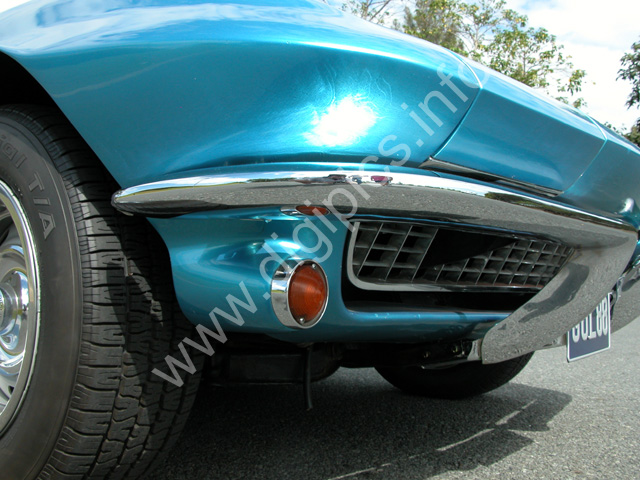
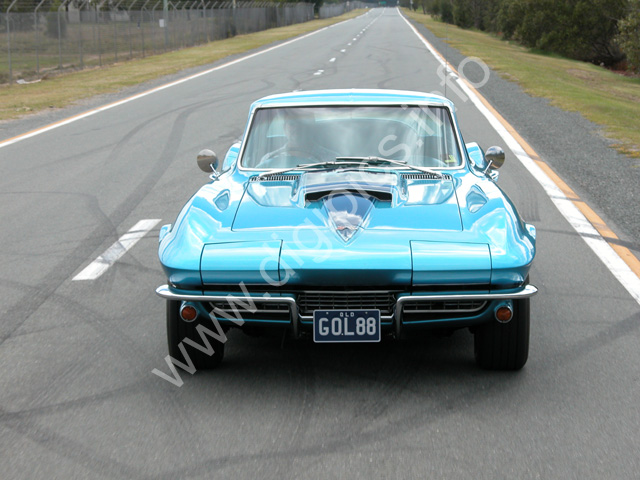
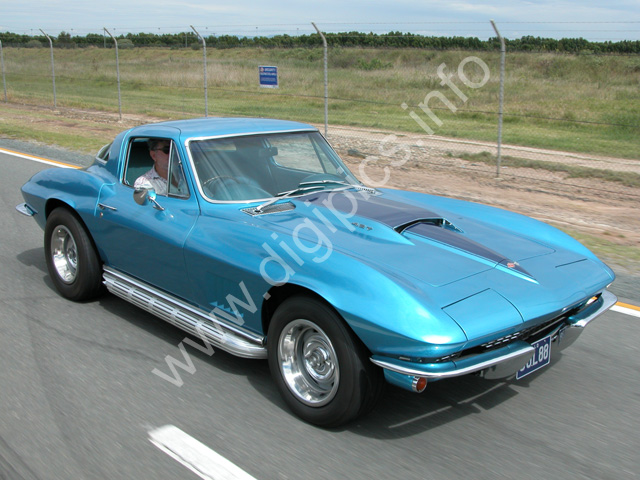
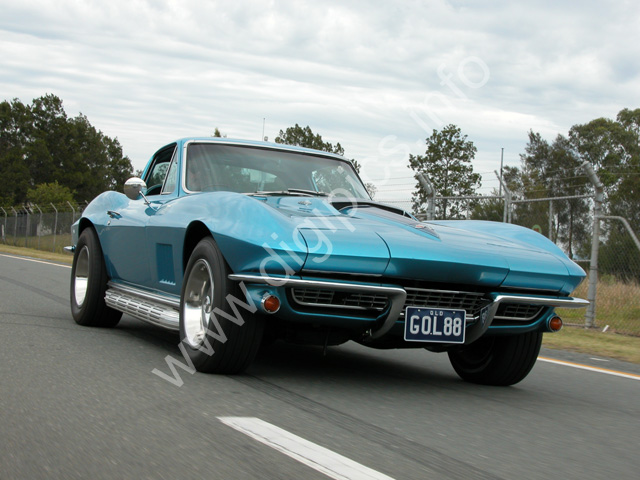
The Ultimate Muscle Car – Chevrolet’s 1967 L88 Corvette???
In carrying out my research for this particular article, I started thinking to myself, “What criteria would a car have to meet to be considered the ‘Ultimate’ Muscle Car”?
Performance??? Well that goes without saying – and in that respect, should set the benchmark for all others to try to emulate; and not just in horsepower, but in vehicle dynamics as well.
Competition success??? Well if the car has the desired performance, then competition success was sure to follow and likely to be the stuff that legends were made from.
Rarity??? In most cases, such special cars are only ever produced in limited numbers, usually built as competition specials specifically to meet particular homologation requirements.
Desirability??? Well naturally – but the level of desirability should be such that it crosses over traditional brand loyalties and achieves iconic status amongst ALL muscle car enthusiasts.
Value??? Unfortunately, the upshot of all the above is that the dollar value imposed on these types of vehicles generally reaches stratospheric heights, when compared to their lesser-endowed brethren.
In an Australian only context, I’m sure most would agree that the Falcon GTHO Phase 3, generally fits the bill as our ‘Ultimate’ Muscle Car. But what if we decided to look beyond our shores and to the world at large? In that context, Chevrolet’s 1967 L88 Corvette would be hard to beat.
Background History - Enter the Sting Ray
The history of the Corvette Sting Ray begins in the late 1950's, when Zora Arkus-Duntov and his talented team of engineers, and Bill Mitchell's young Japanese-American designer, Larry Shinoda came up with a totally new Corvette design to replace the original one that was starting to show its age, even after a number of facelifts. Finally in 1962, Chevrolet released the car to the American public and at the same time, introduced a name that would become synonymous with the Corvette for many years to come – Sting Ray.
These new 1963 model Corvettes were the start of what are now termed the “mid-year” or “C2” Corvettes and had completely different styling to the previous model, being both sleeker and more modern and incorporating such design features as recessed metal bonnet louvers, horizontal scoops behind the front wheels and hidden headlights. The innovations also continued under the body, with the new Corvette incorporating four-wheel independent suspension, helping to make it a proper sports car. The 1963 Corvette also included a coupe version, being the first "fixed roof hardtop" without a trunk in Corvette history. In fact, it is probably the 1963 coupe, with its rear split-window styling (which only lasted one year) that is probably the best known body style recognized by non-Corvette owners.
With a bold new sleek design the 1963 Corvette "Sting Ray" was an instant success. Initial demand for the new car was so great, that an extra shift was added at the St. Louis plant, but even this was insufficient to supply the number of waiting buyers. The new Corvette was not only popular with the car buying public but with the motoring press as well – Car Life magazine awarding the new Corvette with it's "Engineering Excellence" award. In addition, glowing reports from Motor Trend, Car and Driver and Road & Track indicated that they were also very impressed with the new car. Even Zora Arkus-Duntov was quoted as saying, "For the first time I now have a Corvette I can be proud to drive in Europe."
Although the new car performed quite well in standard form, there was also a high performance option for the 1963 model Corvette Sting Ray, which had the code number “Z06” and at $1,818.45 extra over the coupe’s base price of $4,257.00, obviously wasn’t meant for the casual street driver, but intended for serious racers. For that money the owner got – as mandatory – the L84 Fuel injected 327ci 360 HP motor, G81 posi-traction diff, M20 4-speed gearbox, special heavy duty racing suspension, and special big brakes that were unique to the Z06. The N03, 36.5 gal. ‘big’ fuel tank – that was only available in the coupes – was also mandatory until December 1962, at which time it became a separate option.
For the 1964 model year, a number of specific design changes were made to the Corvette. The most obvious were that the coupe lost its split-window design – replaced with a new one-piece rear window – and the louvered vents in the bonnet were removed on both the coupe and convertible, which left the two indents remaining thereby making the bonnet unique to the 1964 model year. In addition, steering wheels of all 1964's were now a walnut grained plastic, rocker panel trim was simplified, the left rear pillar vent was now functional and the four speed manual transmission became a very popular option to order.
Whilst the Z06 option was not specifically available, the performance oriented purchases could option their Corvette up to full Z06 specifications using the relevant RPO (Regular Production Option) codes – including the big tank (N03) and special big brakes (J56).
As with the previous year, exterior changes to the 1965 model Corvette were evolutionary as opposed to revolutionary. Gone were the bonnet vent depressions, three new vertical exhaust louvers in the front guards were actually functional and the horizontal grill bars were now painted black. Internally, the instrument gauges were restyled with flat black faces whilst the seats were redesigned with slightly larger and more supportive cushioning. The inner door panels were also redesigned to incorporate integrated armrests.
From a performance perspective, this was the first and only year that the L78 396 ci 425 HP "Turbo Jet" engine would be offered, whilst 1965 also saw four-wheel disc brakes – using four piston brake callipers – become standard equipment, although interestingly, drum brakes could still be optioned for a $ 65.50 credit!!! 1965 was the last year for the original fuel injection system on the Corvette and late in the model run, the famed M22 Muncie "Rock Crusher" transmission became an available option.
For the 1966 model year, the exterior appearance of the Corvette changed very little from the previous year, save for roof vents being removed from the coupe. Performance wise, the 1966 model saw the M22 Muncie gearbox become part of the RPO list, but the big news was the introduction of the L72 427ci engine. Although originally listed at 450 HP, the rating – but not the output – was reduced to 425 HP for unknown reasons, although this wasn’t to be the last time that Chevrolet would down rate one of their high performance engines in the Corvette.
Originally, the 1967 model Corvette was supposed to be the radically redesigned “third-generation” version, however persistent production problems meant that it had to wait until the following year. With no time available to do anything substantial, changes for the 1967 model Corvette – the last in the series and the last to be called the Sting Ray – were fairly minor when compared to the 1966 version, with the most notable being the change to the vents in the guards from three slots to five slots to improve airflow from under the bonnet. Additionally, a backup light was also added above the rear license plate.
However, it was in the area of performance that this last iteration of the “mid-year” Corvettes, was to be finest of them all, as the options sheet now boasted five versions of the 427 ci V8, with outputs of 390 HP (L36), 400 HP (L68), 435 HP (L71), 430 HP (L88) and 435 HP (L89 – which was the L71 engine with aluminium heads). Although one would expect that Corvettes fitted with either of the “higher” output, triple carburettor L71 or L89 engines would be the most desirable, it is actually the L88 powered vehicles that every Corvette enthusiast lusts after. With the Corvette Sting Ray also being voted the “Best GT/Sports Car over 3000cc” and the “Best All-Around Car” for 1967 by the readers of Car and Driver magazine, its quite ironical to think that a car that wasn’t even meant to exist, would end up being arguably the most collectable of all the years.
In order for the Corvette to be able to compete with the 427 powered Shelby Cobras, Zora Arkus-Duntov decided that a new hi-performance version of the Chevrolet 427 was needed and so work on a new engine – coded L88 – commenced in the autumn of 1965. However, before the engine became a Regular Production Option (RPO), Duntov needed to test its capabilities and enlisted the aid of Roger Penske who took delivery of the first assembly line Corvette installed with the L88 engine. This car was first prepared for the running of the 1966 24 Hours of Daytona and after an eventful race, finished first in the GT class. The car was then entered for the 1966 Sebring 12 hour race and again came first in the GT class – thus proving that the engine had the potential required. From this and other developmental L88 Corvettes, Duntov was able to work out through racing, where any potential weaknesses lay in the design.
So what is it about the L88 Corvette Sting Ray that makes it so desirable and even deserving of consideration for the title of the ‘Ultimate’ muscle car? At the heart of this car is the L88 motor, which had 12.5 to 1 compression, a hi-lift cam, 850 CFM 4 barrel carburettor and the aluminum heads off the L89 engine. Although listed at only 430 HP, it actually produced closer to 560 to 570 HP and could best be described as a full-race motor, available to the public for street use, straight from the factory. Although Chevrolet obviously wanted to produce a high-performance Corvette that was second to none, they also didn’t want to advertise its true potential to the young and inexperienced drivers of the day and so manipulated the horsepower rating of the L88.
Interestingly, this was done without Chevrolet having to worry about false advertising, as the publicized rating of the L88 actually was its true horsepower, however Chevrolet conveniently neglected to point out that this horsepower rating was at approximately 1000 RPM under the peak performance RPM of the motor. Whilst the L88 engine option alone increased the Corvette’s price by a fairly substantial $ 947.90, the following mandatory options further increased the package to a total of $ 1582.15.
|
C48 |
Heater-Defrost Delete |
|
F41 |
Special Front and Rear Suspension |
|
G81 |
Positraction Rear Axle |
|
J50 |
Vacuum Power Brakes |
|
J56 |
Special Heavy Duty Brakes |
|
K66 |
Transistor Ignition |
|
L88 |
427ci, 430hp Engine |
|
M22 |
Heavy Duty, close-ratio, 4-speed manual trans. |
And if the N03 large tank was also included, this increased the cost a further $ 198.05. Obviously the true purpose of the L88 was for all-out competition on the racetrack and in this respect, with top speeds around 172 MPH, they were very successful, with L88 powered Corvettes continuing their previous success with both a first and a second in the GT class at the 1967 12 Hours of Sebring.
An L88 Corvette also competed at Le Mans in 1967 with Dick Guldstrand, Bob Bondurant and Don Yenko at the wheel and although they didn’t win, they gave the establishment one hell of a scare. In qualifying, Bondurant took pole position for the GT class with a time that was almost 10 seconds under the existing class record. In the race itself, the car was comfortably leading the GT class until just before dawn, when the engine blew and threw a rod out of the side of the block. The problem was traced to the use of stock wrist pins, which the Chevrolet people demanded were to be used in the engine, so that they could advertise a win with a “stock” car. Obviously the first thing that they forgot was that first you have to win the race!!!
As a road car, however the L88s were notoriously difficult to live with. Delivered without fan shrouds they often overheated in traffic and as they did not have chokes in the carburettors, they were hard to keep running properly, until they came up to operating temperature. Additionally, with no Radio or Heater the L88 provided little in the way of creature comforts for its passengers.
The 1967 L88 Corvette is a very rare vehicle indeed and of the twenty that were originally built, only ten are still known to exist. Such is the desirability for these vehicles, that in June 2003, a 1967 L88 Corvette achieved a world-record price at auction, for a factory production Corvette, of US $640,000. Then in August 2003, Dave Morgan and Don Yenko’s, 1967 Sebring winning Sunray DX L88 was passed in at auction, when the bidding failed to exceed US $900,000.
So… is the 1967 L88 Corvette the ‘Ultimate’ Muscle Car??? I’ll let you decide!!!
Unfortunately – well at least for owner Peter Mellor – the superb 1967 427ci Corvette Sting Ray Coupe gracing these pages is not a genuine L88 model, however it has been tastefully modified over the years to resemble what is considered to be the ‘Ultimate’ in “mid-year” Corvettes. However, this lack of provenance does not stop him from enjoying the car just the way it is.
Peter Mellor could easily be described as a true “Muscle Car” enthusiast, whose ownership decisions have always been determined by the qualities of the vehicles and not blinkered by any specific brand loyalties. I have personally known Pete for over 20 years and in that time I have seen a variety of desirable muscle cars come and go. Specific examples include Phase 2 and 3 GTHO Falcons, HK 327 and HG 350 Monaros, Robnell Cobra, Sunbeam Tiger, GT 500 Mustang, E49 Charger and a 1966 427 L81 Corvette Roadster. Not that long ago, Pete stable included a Phase 2 GTHO, HK 327 Monaro and E49 Charger – all in immaculate condition – probably the ultimate collection of Australian muscle cars.
Being a big block Corvette fan and owner for many years, Pete has known of his current car for a very long time and believes that it was imported into Sydney either as a new or near new vehicle, where it was professionally converted to right hand drive. After spending many years in NSW, the car was eventually bought by another Brisbane Corvette enthusiast who set about modifying the coupe to resemble a typical early 1970s SCCA (Sports Car Club of America) “A-Production” L-88 style racer, complete with special bonnet, slightly flared guards, eight inch wide Corvette rims, hi-performance engine modifications and custom extractors feeding into a set of factory (RPO N-14) side exhausts.
In this guise the car regularly pounded the streets of Brisbane, where it became quite well known for being a serious performer. The car was eventually sold to another local Corvette fan, who subsequently fitted a close-ratio M21 gearbox and replaced the original “touring” rear axle ratio with a more performance oriented 3.7:1 gear set. In approximately 1993, the coupe was laid up and put in storage, where it sat unused until earlier this year when Pete purchased the vehicle and set about re-commissioning the coupe to get it back on the road again.
Work involved has included completely overhauling the braking system – including replacing all the lines with stainless steel and using silicon brake fluid – replacing every hose on the car, installing a new carburettor and radiator, checking the electrics and completely detailing the vehicle from top to bottom. After a couple of months hard work, the Coupe is now back to its old thundering performance self and once again demonstrating to the unsuspecting public at large, what a true muscle car is all about.
Pete’s Corvette is finished in the factory “Marina Blue” colour scheme – with darker blue highlights around the bonnet bulges and cold air scoop – whilst the interior trim utilises the light blue vinyl option. Although the paint and trim have been freshened up over the years to reverse the affects of normal wear and tear, the vehicle has never been fully restored, but maintained as a period 1970’s mildly modified muscle car. This, along with its long and documented Australian history, is where much of this vehicle’s appeal lies.
Having owned and raced a number of high horsepower Falcon GTs since the late 70’s I am quite familiar with high performance vehicles, but even with this wealth of experience, nothing really prepares you for your first drive in a hi-performance “big block”!!! I think it was Carrol Shelby who coined the phrase “There’s no substitute for cubic inches” and when it comes to shove in the back acceleration, he was right.
So what’s it like to drive a car with more torque than most trucks... in a word… exhilarating!!! When you plant the foot on the accelerator, everything starts moving very rapidly indeed, whilst at the same time, the needle on the tacho quickly spins to a self imposed 5500 rpm limit. In the blink of an eye, it is time to change up to the next gear and again indulge in warp like acceleration. And whilst the enormous accelerative potential of this vehicle is an intoxicating cocktail to be savoured again and again, it’s the booming aural accompaniment coming from those gleaming factory side pipes that sends tingles up your spine and makes the hair on the back of your neck stand to attention. One can only imagine the impact that the sound and sight of this blue blur has on the other early morning road users.
Modern road rules being what they are today, I was not able to truly test out this car’s full potential and even though the time I had with the car was fairly short, I still feel I got a pretty good indication of its capabilities. It should be noted however that the Corvette Sting Ray is not just about going fast in a straight line – its also about drivability and to that end, it is also a really nice car to drive. With such enormous reserves of power coming in from low down in the rev range, its almost unnecessary to have intermediate gears, as 1st to 4th gear changes seem to be all that is necessary for most driving situations. This is probably why a large proportion of American big block cars came with automatic transmissions.
Handling was also an area that provided some pleasant surprises and upset some preconceived notions about American cars. Although not having the really trick suspension setup available for these Corvettes, I still found this car to be a good compromise between ride comfort and ultimate road holding. Even when negotiating tight round-abouts, I felt that the car turned in well with no noticeable bumpiness or understeer that would normally be expected in a vehicle with such a large lump of iron under the bonnet. Although one sits quite low in the thinly padded seats, overall vision is quite reasonable, although the view through the curved rear window is a little distorted due to the extent of its curvature. Although I didn’t need to test them out seriously, the brakes were also very good with plenty of feel and bite to instil plenty of confidence.
One area I initially thought might be a problem, was the driver’s side footwell. With Corvettes only being built in LHD configuration, the tunnel is off-set slightly to the right which means that when these cars are converted to RHD, the driver’s footwell is known to become a little cramped. Surprisingly, I didn’t really find working the pedals to be much of a problem, eve with my size 11 joggers.
Although my time at the wheel was quite short, there were a number of aspects of the car’s design and philosophy, that made a lasting impression on me. First of all, was the very 1960s interior – full of bright chrome and shiny vinyl – that also included a really informative dash and that superb reverse lock-out gear lever. Secondly, was the overall solidness that everything seemed to have – from the positive action of the short throw gear lever, to a pleasant “thunk”, when closing the doors. And last but certainly not least, was the overall performance of the vehicle and the ease with which it executes what is asked of it – which makes one wonder how good must a real L-88 be like???
So... if you are after a car with classic styling, almost unlimited performance and undeniable desirability, then this car will certainly not disappoint.
 |
 |
 |
 |
 |
 |
 |
 |
 |
 |
 |
 |
 |
 |
 |
 |
 |
 |
 |
 |
 |
|
This page is under construction... Please return soon to see updates!!!